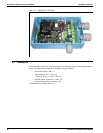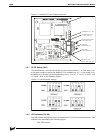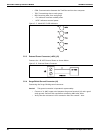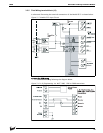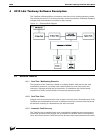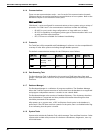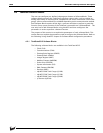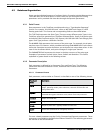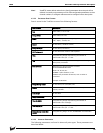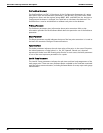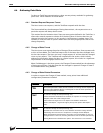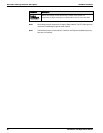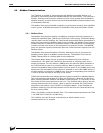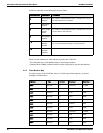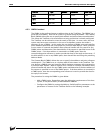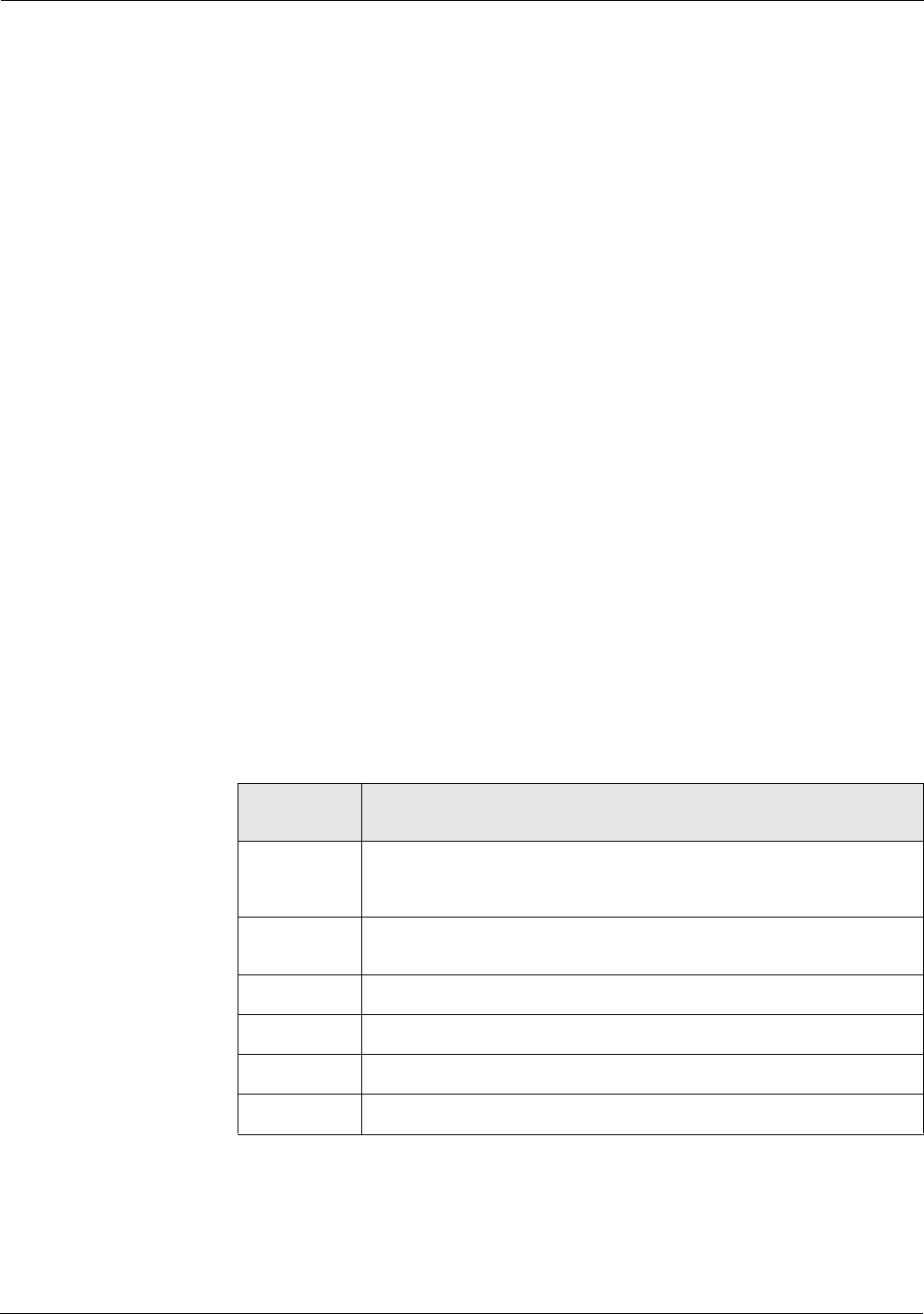
8315 L&J Tankway Software Description TankGate Interface
24 Installation and Operations Manual
4.3 Database Organization
Points are the individual instances of software blocks. Examples include Whessoe Varec
1900 (WV1900) and SCALER points. In both cases the user configures the Config
parameters and is provided real time data through the Dynamic parameters.
4.3.1 Point Format
Data parameters in the TankGate are addressed using a “Type.Number.Parameter”
format. For example, “WV1900.02.Level” refers to WV1900 Tank Gauge #2’s IEEE
floating point level. This format and corresponding fields are described below.
The TYPE field represents the Point Type. There are many different point Types in the
TankGate, referred to generically as TankGate Software Blocks. Some of the point types
include the COM (Communications), SYS (System), WV1900 (WV1900 Tank Gauge) point
types. Each Type performs a different function.
The NUMBER field represents the instance of the point type. For example, the AI point
may have up to 32 instances, which are addressed using the NUMBER field. Each instance
shares the same data structure definition, yet each point has unique data values. In the
case of the AI software block, each point manages a single input channel.
The PARAMETER field represents the items in the data structure of the point type.
Examples of parameters include Value, Status, PntRef and RawValue. This field is
explained in greater detail in the following section.
4.3.2 Parameter Description
Each parameter is defined by its Parameter Class and Data Type. The following
subsections describe Parameter Classes, Parameter Data Formats and Common
Parameters.
4.3.2.1 Parameter Classes
Each parameter, such as Value or Channel, is classified as one of the following classes:
The user-related parameters are the Config, Command and Dynamic parameters. These
parameters are available in the Edit Point window of ViewRTU. The remaining parameters
are internal to the Software Block.
Parameter
Class
Description
Config
Configuration parameters such as channel numbers, tags, descriptions,
ranges, operating modes, point references, constants for formulas and
timing information.
Dynamic
Real-time data such as the value or the status. Dynamic data is calculated or
measured during point execution scans, which occur every 250 msec.
Command
Output command data
Constant
Weights & Measures parameter
Scratch
Temporary data that is typically hidden from the user
System
System data (should not be changed by the user)



